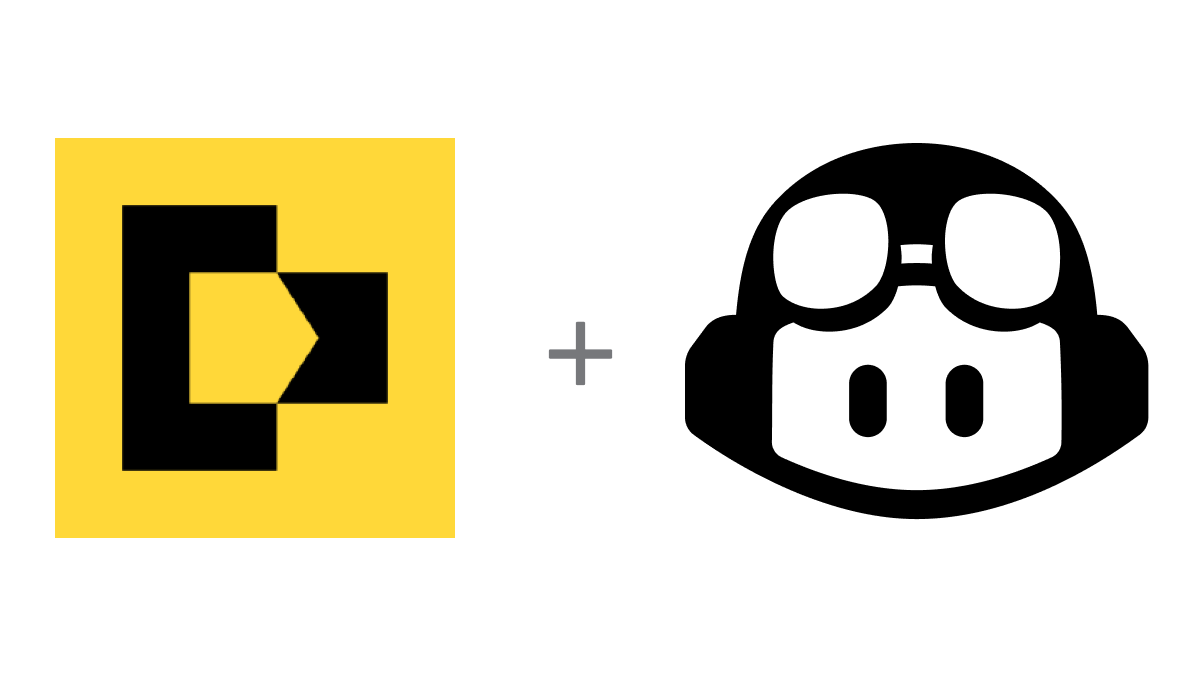Newsroom
Crowdbotics Integrates AI Platform for Requirements Docs with GitHub Copilot
This extension provides a simpler method to invoke an AI platform that Crowdbotics created to convert plain language descriptions of applications into a requirements document.
Crowdbotics today made available an extension for GitHub Copilot that makes it simpler to generate code using higher-quality requirements documents.
Unveiled at the GitHub Universe 2024 conference, this extension provides a simpler method to invoke an AI platform that Crowdbotics created to convert plain language descriptions of applications into a requirements document. Application developers can then use those documents to create code using the GitHub Copilot generative artificial intelligence (AI) tool that is based on large language models (LLMs) originally developed by OpenAI.
Cory Hymel, vice president of research and innovation for Crowdbotics, said the overall goal is to increase the amount of AI-generated code that is actually accepted by application developers. An ongoing GUMDROP study of that code being conducted by Crowdbotics, GitHub and Microsoft finds the Crowdbotics platform improved the code suggestion acceptance rate for GitHub Copilot by 14%, representing a 51% relative improvement. Additionally, the study found that developers using this multi-model configuration were 25% more likely to succeed at feature development than developers who did not use any kind of AI tool.
Arguably, the biggest single challenge application development teams regularly encounter are requirements documents that in one way or another wind up being seriously flawed. Developers then often find they need to rework large segments of code simply because the original requirements document contained errors or did not account for some piece of critical functionality.
Crowdbotics has developed a platform that leverages AI to ensure higher quality requirements documents that can then be used to define technical requirements and implementation recommendations are produced. That capability then makes it easier to, for example, determine how best to construct the front- and back-end of applications, including business logic, data schemas and third-party integrations.
That’s critical because 70% of application development efforts fail because of bad requirements documentation, said Hymel. All the investment in agile development methodologies and best DevOps practices is for naught in the requirements documentation is flawed, he added.
AI tools are already widely employed by many DevOps teams. A Techstrong Research survey found a third (33%) are working for organizations that make use of artificial intelligence (AI) to build software, while another 42% are considering it. Only 6% said they have no plans to use AI. However, only 9% have fully integrated AI into their DevOps pipelines. Another 22% have partially achieved that goal, while 14% are doing so only for new projects. A total of 28% said they expect to integrate AI into their workflows in the next 12 months.
Of course, the level of increased productivity that might be achieved depends on where AI is implemented across those workflows. Generating more code faster doesn’t necessarily mean applications will be deployed any faster. A recent DORA report suggests that in some instances the rate at which software is being deployed has slowed since the rise of AI.
Clearly, the DevOps challenge and the opportunity now is to determine where, when and how to apply AI in a way that delivers the most value to the organization.
Read the original article at DevOps.com
About Crowdbotics
Crowdbotics significantly streamlines enterprise app development by strategically integrating AI throughout the entire software lifecycle. This approach reduces development time and minimizes the risk of project failure. Crowdbotics employs AI at the beginning of a project to improve requirements gathering. It uses AI to help build the application, from architecture and data modeling to code generation, and it supports customers all the way through to deploying and running their apps. Taking a more expansive approach to employing AI, Crowdbotics is supercharging software development.
Media Contact
BOCA Communications
crowdbotics@bocacommunications.com

